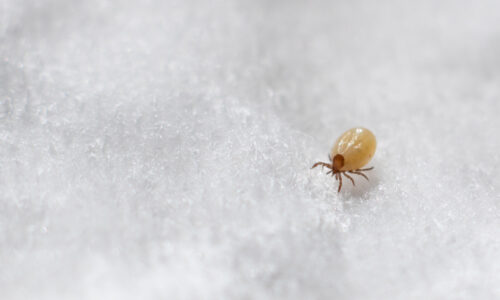
Mobilenews24x7 Bureau
Sleep is important part of a life cycle for all. Where do we sleep and in what condition and under which environment.
Spread a bed and cover it with a sheet then we assume all ok. But there is another factor we normally fail to realize. Which requires a micro look.
In any conversation around a healthy sleeping environment we often think of radiation, constant connectivity and so much more, but have we ever wondered – how clean is our bed which plays a pivotal role in forming that conducive sleep environment?
Some experts tried to shed sheds light on that overlooked danger lurking beneath the surface which can impact your sleep and overall wellbeing and shares some tips to achieve a cleaner bedroom environment.
What is that ?
While your mattress may appear clean, it could be a hotbed of microscopic life. Household dust, containing dust mites, bacteria, viruses, pollen, and other allergens, makes up the complex matrix that exists in your mattress, highlighting significant cleanliness concerns. This extends to linens and pillowcases, which can also house harmful microorganisms within their fabric, creating an environment conducive to the thriving presence of undesirable particles.
A report by Amerisleep has uncovered the startling truth about the unassuming pillowcase we trust for a good night’s sleep. Within just one week, an unwashed pillowcase can accumulate an astounding 3 million bacteria, making it approximately 17,000 times more contaminated than the average toilet seat.
A single mattress can harbour millions of dust mites, and a single dust mite, on average, produces about 20 faecal droppings a day. While dust mites themselves do not trigger allergies, the allergens and proteins in their faecal droppings can trigger allergies, says a report.
To maintain a truly cleaner and more hygienic sleeping environment, it is important that we prioritise consistent cleaning and vacuuming to remove as much dust and allergens from the bedroom. Here are four easy steps:
Remove and wash bedding: Washing sheets, pillowcases, and blankets in hot water that is at least 140°F wash will help to break down and reduce allergens. While you may vacuum your mattress only a few times a year, its recommended that you launder and change your bedding once a week to remove microscopic skin flakes and keep dust and allergens at bay.
Vacuum gently – but with power: Dust mites might be small, but they’re tenacious. Their claws help them cling on to the fibres deep in your mattress, which can make them difficult to remove. Using a vacuum with a high-power or Boost mode will deliver the suction you need to remove as many mites, skin flakes and allergens as possible. Make sure that the vacuum you’re using has a fully sealed filtration system to avoid allergens being expelled back into your face as you clean!
State of the art cordless vacuums are equipped with up to 240AW of powerful suction and with the Hair screw tool attached, can effectively remove dust embedded in your mattress.






